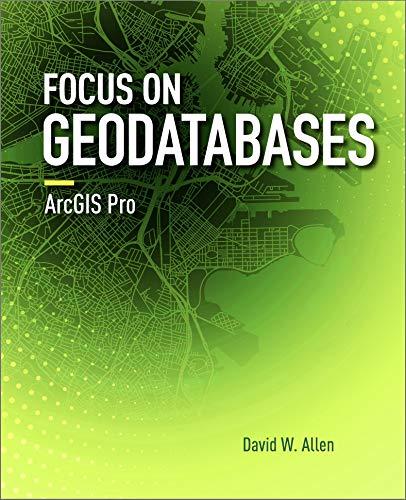Answered step by step
Verified Expert Solution
Question
1 Approved Answer
Portfolio Part 3 - Analysis of Mobile Price Data ( 2 0 2 4 S 1 ) In this Portfolio task, you will work on
Portfolio Part Analysis of Mobile Price Data S
In this Portfolio task, you will work on a new dataset named 'Mobile Price Data', it contains numerous details about mobile phone hardware, specifications, and prices. Your main task is to train classification models to predict mobile phone prices price range' in the datasetand evaluate the strengths and weaknesses of these models.
Here's the explanation of each column:
Column Meaning
battery power Total energy a battery can store in one time measured in mAh
blue Has bluetooth or not
clock speed speed at which microprocessor executes instructions
dual sim Has dual sim support or not
fc Front Camera mega pixels
four g Has G or not
int memory Internal Memory in Gigabytes
m dep Mobile Depth in cm
mobile wt Weight of mobile phone
n cores Number of cores of processor
pc Primary Camera mega pixels
px height Pixel Resolution Height
px width Pixel Resolution Width
ram Random Access Memory in Mega Bytes
sc h Screen Height of mobile in cm
sc w Screen Width of mobile in cm
talk time longest time that a single battery charge will last when you are
three g Has G or not
touch screen Has touch screen or not
wifi Has wifi or not
price range This is the target variable with value of low costmedium costhigh cost and very high cost
Blue, dual sim, four g three g touch screen, and wifi are all binary attributes, for not and for yes.
Your high level goal in this notebook is to build and evaluate predictive models for 'price range' from other available features. More specifically, you need to complete the following major steps:
Explore the data and clean the data if necessary. For example, remove abnormal instanaces and replace missing values.
Study the correlation between 'price range' with other features. And select the variables that you think are helpful for predicting the price range. We do not limit the number of variables.
Split the dataset Trainging set : Test set :
Train a logistic regression model to predict 'price range' based on the selected features from the second step Calculate the accuracy of your model. You are required to report the accuracy from both training set and test set. Explain your model and evaluate its performance Is the model performing well? If yes, what factors might be contributing to the good performance of your model? If not, how can improvements be made?
Train a KNN model to predict 'price range' based on the selected features you can use the features selected from the second step and set K with an adhoc manner in this step. Calculate the accuracy of your model. You are required to report the accuracy from both training set and test set.
Tune the hyperparameter K in KNN Hints: GridsearchCV visualize the results, and explain how K influences the prediction performance.
Step by Step Solution
There are 3 Steps involved in it
Step: 1

Get Instant Access to Expert-Tailored Solutions
See step-by-step solutions with expert insights and AI powered tools for academic success
Step: 2

Step: 3

Ace Your Homework with AI
Get the answers you need in no time with our AI-driven, step-by-step assistance
Get Started


